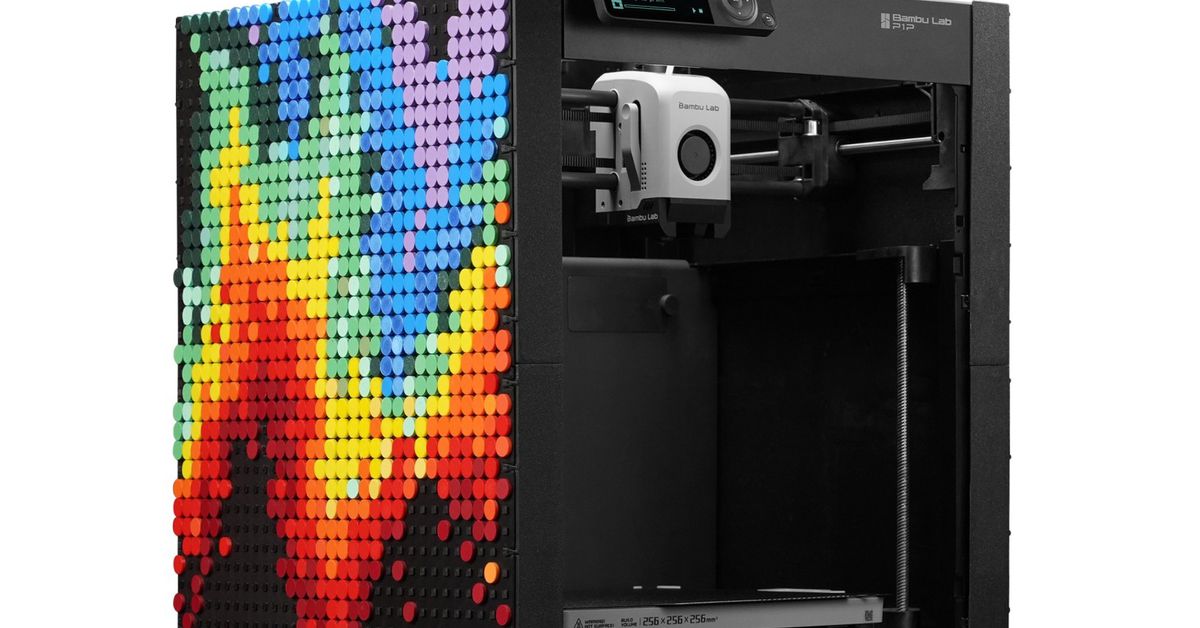- cross-posted to:
- [email protected]
- [email protected]
- cross-posted to:
- [email protected]
- [email protected]
This is a good example, why not all devices should be connected to foreign servers. Errors can happen everywhere. But it could end badly, if some Corporations make errors and creating trouble, which would otherwise not happen.
In the case of the 3D-printer it is not that bad (except it destroys itself or even gets on fire), also you can turn it off. But imagine a smart stove top that lights up a towel (or something similar) while nobody is home.
Not, that I think that it is not useful to have something like that, but wouldn’t it be nice, if that stuff would work locally? (with the WireGuard integration in modems, the access from outside of home with the smartphone, should also be no problem for non-tech people)



Yup. I’d still put it behind a VPN though, just because of the inherent dangers in starting a 3D print job remotely.
I agree, using a VPN is generally a good idea (if the alternative is exposing it to the web directly).
I have an nginx reverse proxy with http auth, myself. It’s such battle tested software that I trust it fully
For anyone doing similar: battle tested software is still fallible, and exploits could emerge at any point (same goes for VPNs). Be sure to set
server_tokenstooff, this prevents NGINX from revealing it’s version to the world, which will help protect you in case an exploit is discovered down the line.That’s a good tip. Also: have your servers auto-update weekly. You will forget.